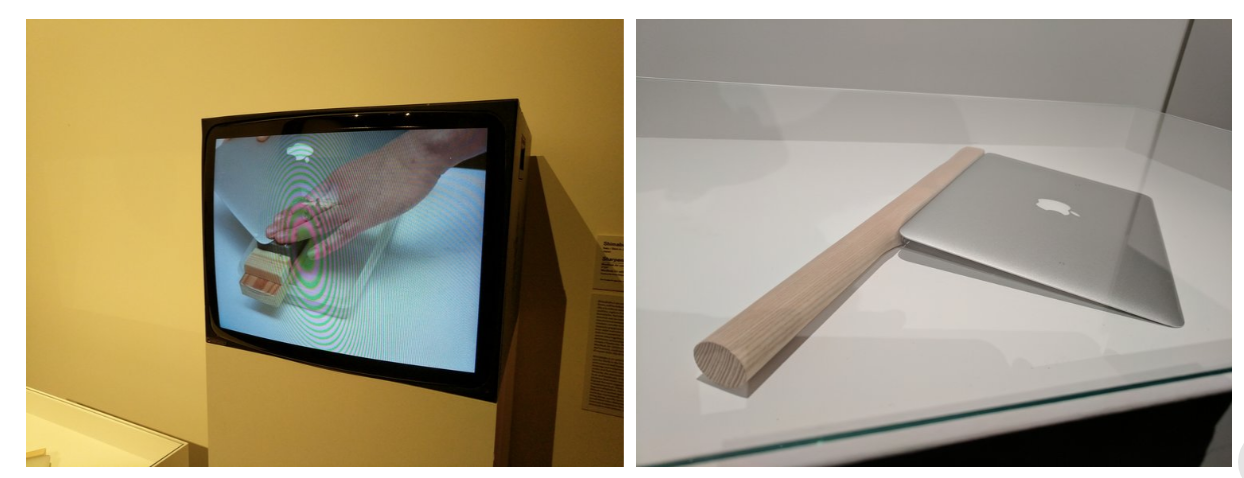The Tension Between Spectacle and Intimacy
November 22, 2017
by Silvia Ruzanka
Descriptors that come to mind when one thinks of the baroque: opulence, drama, exuberance, grandeur. These emerge from a culture undergoing a sense of instability. The baroque represents a swing of the pendulum from order to disorder, and from rationality to sensuality. Baroque art involves time and movement, emotion and dynamism, in contrast to the stability and rational order of the classical ideal.
The Venice Biennale with its sheer scale and spectacle embodies the baroque. One cannot walk anywhere in Venice without running into a poster, a satellite show, or crowds going to or coming from the event. The experience overall is one of sensory overload. The Biennale itself has two primary venues, the Giardini with its national pavilions in an abundance of architectural manifestations, and the Arsenale which is a strong reminder of the city's past while demanding work of monumental scale, both in form and content. The theme for the 2017 Biennale focused on artists and their practice, reflecting the instability that we are facing in a world where truth and lies are interchangeable. Yet, this return to the individual artistic process is in conflict with the inherently spectacular nature of the Biennale.
The work of artist Shimabuku reflects this tension. In the pair of works, The Snow Monkeys of Texas - Do Snow Monkeys Remember Snow? and Sharpening a Macbook Air, we focus on the artist performing one simple task. The Snow Monkeys of Texas is a video projection, with three potted cacti in front of it. In the video we watch a group of monkeys interacting with a pile of snow. In the accompanying text, the artist explains the history of a group of snow monkeys taken from Japan and let loose in Texas and his gesture of returning some of their previous climate to their descendants in the form of bags of ice.

In Sharpening a Macbook Air, he applies the mundane but important act of sharpening to his modern tool. The video is a reflection on skill and an acknowledgement of mundane labor. At the end, this labor allows him to use the screen of his Macbook to cleanly slice through an apple. These quiet pieces are impactful because of the thought the artist had in picking one gesture, one action, and how that one action can open up, through humor, a new perspective. However, they can easily be lost in the large, spectacular space. Shimabuku's work connects with Bas Jan Ader's short film Broken Fall (organic), Amsterdam Bos, Holland in which the artist hangs from a tree branch over a stream until he can no longer hold on and drops into the water. Unfortunately, this piece was shown in a location that was impossible to find, with poor lighting conditions that made it impossible to view well; so the tension and power of the gesture of the artist was lost due to the inability to be immersed in his action.
To contrast the Biennale, we can look at the work in the exhibition INTUITION at the Palazzo Fortuny. This was a show that was all about the experiential versus the rational, and was created to take into account the architecture and history of the site. It is a well curated experience with careful thought and dramaturgy. We begin by walking through a dimly lit space filled with neolithic sculptures rising from dirt. Their spiritual power is reactivated through this placement. From that beginning, we view the work throughout the rest of the exhibition with similar reverence. These neolithic works are in conversation with a Basquiat painting, imbuing it with a new emotional resonance. In a later piece we see the neolithic sculptures referenced again through morphing silhouettes, that engage by also making us aware of our own silhouette and presence.

The first floor ends with an Anish Kapoor sculpture that challenges our perception. This was only the beginning of the exhibit. If one can think of the Baroque as a multiplicity of perspectives and a sense of motion through time, that was exemplified in the second floor which was a wunderkammer of avant-garde art, tribal artifacts, tapestries, and Barbara Hammer's X-ray film Sanctus contemplating the unseen. Throughout, the show used juxtapositions of artworks from different time periods; it exhibited intertextual connections between art pieces and played with Baroque tendencies.
When we compare the two exhibitions, what we see are different ways of approaching the tension between spectacle and intimacy. INTUITION is successful in finding a balance between the two by really thinking about the dramaturgy of the space and the user's experience of it. This is where the Biennale struggled, where there was less clarity in the relation of the works in each pavilion to their themes and the way the pavilions flowed together. In INTUITION the space of Venice is in some ways replicated in the space of the exhibition, with winding paths and alleyways allowing for surprising encounters and juxtapositions.
